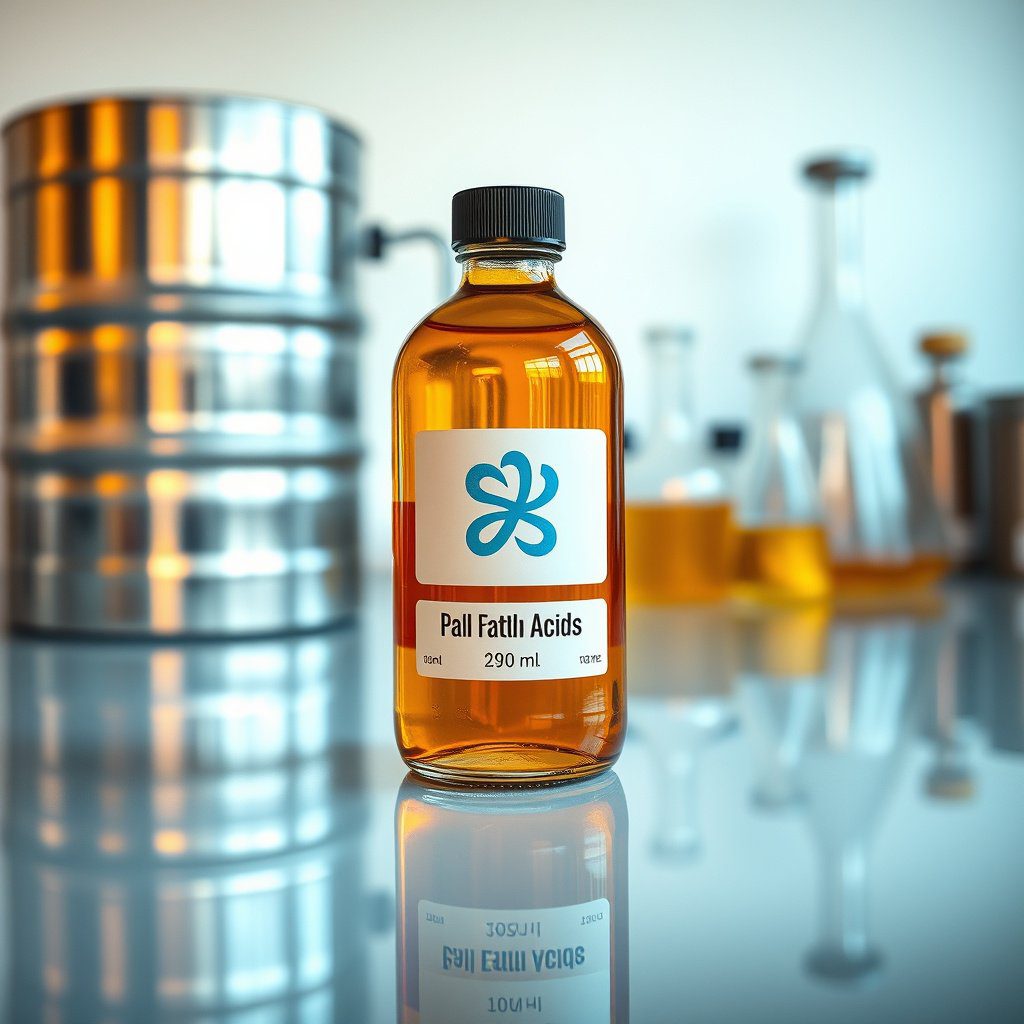Understanding Soy Lecithin
Soy lecithin is a natural emulsifier derived from soybeans, widely used in the food industry, particularly in baking. Its unique properties help improve the texture, moisture retention, and shelf life of baked goods. As a versatile ingredient, soy lecithin is essential for achieving optimal results in various recipes, making it a popular choice among professional bakers and home cooks alike.
The Role of Soy Lecithin in Baking
In baking, soy lecithin serves several crucial functions. It acts as an emulsifier, allowing for better blending of oil and water-based ingredients, which is critical for creating smooth batters and doughs. Additionally, soy lecithin enhances the overall structure of baked products by improving their volume and crumb texture, resulting in a more appealing final product.
Benefits of Using Soy Lecithin
One of the primary benefits of using soy lecithin for baking is its ability to improve the moisture content in baked goods. This ingredient helps retain moisture, ensuring that products remain fresh and soft for longer periods. Furthermore, soy lecithin can aid in reducing the need for additional fats, making recipes healthier while still achieving the desired texture and richness.
Types of Soy Lecithin
There are two main types of soy lecithin available for baking: GMO and GMO-free. GMO-free soy lecithin is derived from non-genetically modified soybeans, appealing to health-conscious consumers and those seeking organic options. On the other hand, conventional soy lecithin, while still food-grade quality, is sourced from genetically modified soybeans, providing a cost-effective alternative for various baking applications.
How to Incorporate Soy Lecithin in Recipes
When incorporating soy lecithin into baking recipes, it is essential to consider the correct dosage. Typically, a small amount—around 1-2% of the total weight of the flour—is sufficient to achieve the desired effects. It can be added directly to dry ingredients or dissolved in liquids before mixing, ensuring even distribution throughout the batter or dough.
Storage and Shelf Life of Soy Lecithin
Proper storage of soy lecithin is vital for maintaining its quality and effectiveness in baking. It should be kept in a cool, dry place, away from direct sunlight. When stored correctly, soy lecithin has a shelf life of approximately 12 to 24 months, depending on the packaging and storage conditions. Always check the expiration date before use to ensure optimal performance.
Choosing a Reliable Supplier of Soy Lecithin
When sourcing soy lecithin for baking, it is crucial to select a reputable supplier. Companies like Diplomata, a leading exporter from Brazil, offer high-quality, food-grade GMO and GMO-free soy lecithin. Their commitment to excellence and consistency ensures that customers receive only the best ingredients for their baking needs.
The Importance of Quality in Soy Lecithin
The quality of soy lecithin directly impacts the final product in baking. High-quality lecithin not only enhances the texture and flavor of baked goods but also contributes to their nutritional profile. Choosing a trusted supplier like Diplomata guarantees that bakers receive lecithin that meets stringent food safety standards and is free from contaminants.
Applications Beyond Baking
While soy lecithin is primarily known for its role in baking, its applications extend to various other food products, including chocolates, margarine, and dressings. Its emulsifying properties make it an invaluable ingredient in many formulations, allowing food manufacturers to create stable and appealing products that meet consumer demands.


